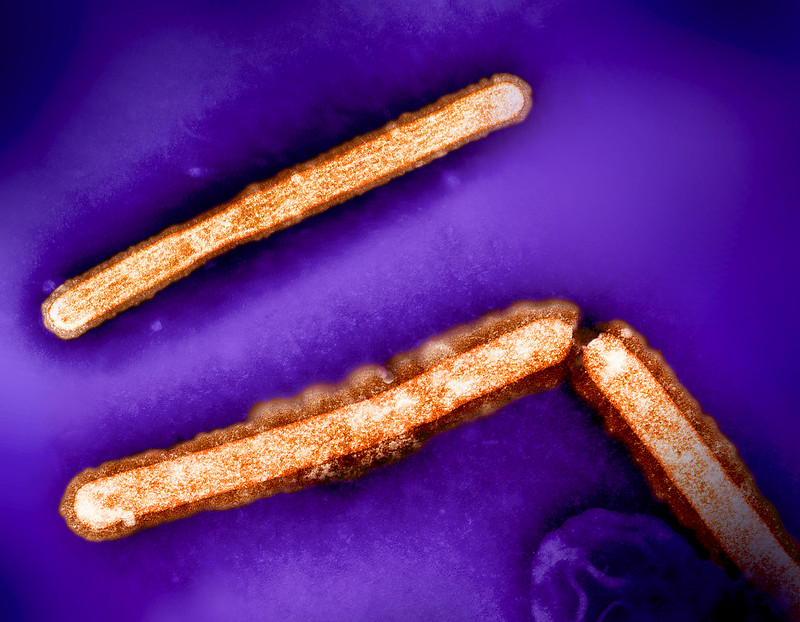As part of its updates on strategies to battle respiratory viruses, the US Centers for Disease Control and Prevention (CDC) on March 22 detailed steps that people can take to reduce the number of respiratory particles that circulate in indoor air. The ventilation guidance update comes as respiratory disease levels such as flu and COVID are declining from a late December peak.

The CDC said ventilation, alongside vaccination and practicing good hand hygiene, is one of the core strategies for protecting people against respiratory illness. "People can still get sick after ventilating a space, so it is important to use ventilation as one part of a multi-layered approach to protect ourselves against getting sick from respiratory viruses," the CDC said.
Steps for improving ventilation are useful year-round, but are especially helpful when virus levels are high in the community, when people are exposed, sick, or recovering, or when people have risk factors for severe illness, the agency added.
Tips for optimizing HVAC systems, adding other steps
The guidance emphasizes the importance of bringing in fresh outdoor air and ensuring that air conditioning and heating systems are operating properly, preferably with filters rated MERV-13 or higher. It also describes other steps that can be added, including air circulation, proper exhaust venting, air cleaners, and ultraviolet air treatment.
The CDC also said portable carbon dioxide monitors can help determine the staleness or freshness of indoor air. "If possible, move activities outdoors to lower the risk of virus transmission," the CDC said.
















